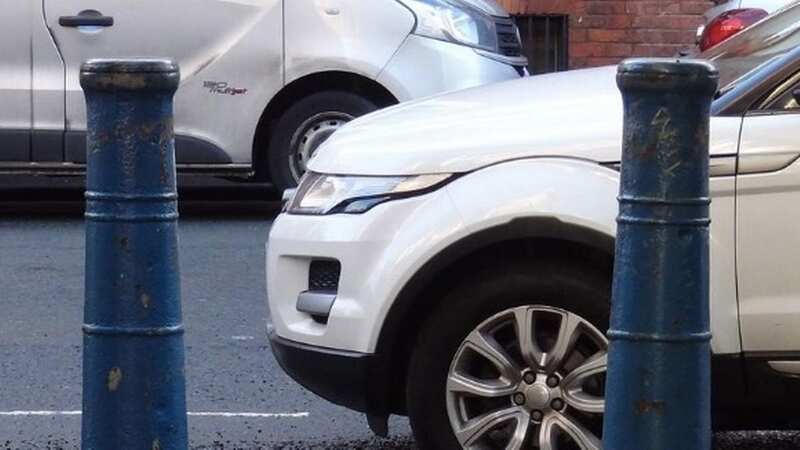Mystery over pair of 200-year-old bollards that may have taken countless lives

An set of cast iron bollards at the end of an unassuming street in central Manchester may have been responsible for taking countless lives hundreds of years ago.
The structures - standing at the east end of St John's Passage where it meets Byrom Street - are thought to be around 200-years -old. The Grade II-listed bollards correspond to a slightly different pair at the west end of passage on Lower Byrom Street, next to St John's Garden. But it turns out the bollards could possibly have once been used in a much more destructive capacity.
In 1745, the area now known as St John's Conservation Area was nothing more than open fields. The same year, Charles Edward Stuart (otherwise known as Bonnie Prince Charlie) led the last uprising in the Jacobite Rebellion in his bid for the crown.
Arriving in Manchester with his army, Charlie used this area as a gun park, an event commemorated in the name Artillery Street and identified on a plaque on the wall of 15 Byrom Street. It's not known exactly when the bollards were installed, but their cannon-barrel design could hint at their former use as repurposed artillery equipment.
While one internet source claims they were once real cannons, others have questioned the lack of evidence confirming this former purpose. But it's perhaps not an unrealistic assumption, seeing as this was a common practice in London around the same time following the Napoleonic Wars.
 High street loses fashion retailer M&Co with almost 200 stores set to close
High street loses fashion retailer M&Co with almost 200 stores set to close
According to the historic-uk.com website, the cannon-barrel style bollards continue to be made due to their distinctive shape being an "iconic" feature of London's streets. And while many of the original cannon-bollards have been replaced over time, a few still remain.
 One internet source claims these two unassuming bollards where once used as real cannons (Google)
One internet source claims these two unassuming bollards where once used as real cannons (Google)The mystery of the bollards led to the Manchester Evening News enlisting the help of historian Keith Warrender, author of a number of books on the city's history including 'Manchester's Lost District', 'Underground Manchester', and 'Manchester Oddities'.
Keith described confirming the origins of the bollards as "tricky", as to the best of his knowledge there seems to be "no documentation about the two sets of bollards, other than they mark the site where guns were parked, and that the cannon are of 18th-19th century origin."
After checking with his friend and fellow Manchester historian, Chris Makepeace, Keith said he too was uncertain about the origins of the bollards. He added: "They could be from Charlie's [Bonnie Prince Charlie's] time, but there is no firm evidence." Keith also said he didn't know when the bollards were installed, and the first reference he's been able to find of St John's Passage is on a Slaters map dated 1845. And so, for now, the true origins of the bollards remain something of a mystery.
Read more similar news:
Comments:
comments powered by Disqus

































